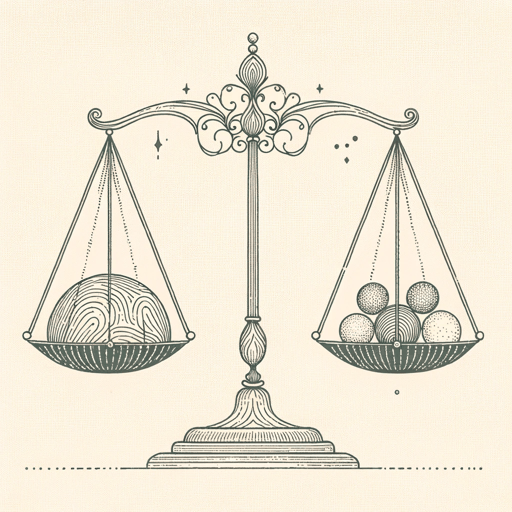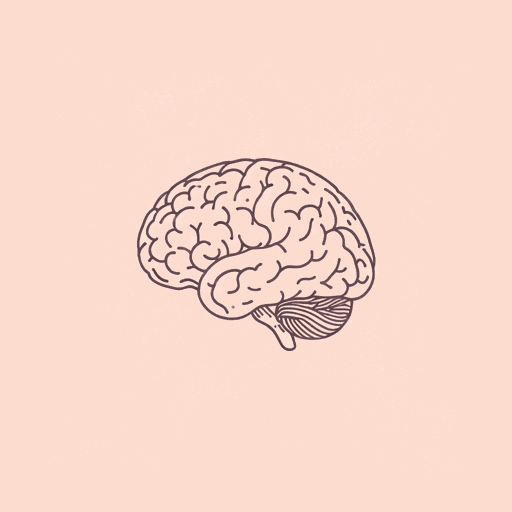66 pages • 2 hours read
Robert M. SapolskyWhy Zebras Don't Get Ulcers: A Guide to Stress, Stress Related Diseases, and Coping
Nonfiction | Reference/Text Book | Adult | Published in 1993A modern alternative to SparkNotes and CliffsNotes, SuperSummary offers high-quality Study Guides with detailed chapter summaries and analysis of major themes, characters, and more.
Chapters 9-12Chapter Summaries & Analyses
Chapter 9 Summary: “Stress and Pain”
Sapolsky references the novel Catch-22 by Joseph Heller, including an excerpt from the text in which two characters are talking about God and the existence of pain. Pain can prevent significant injuries or death by alerting people to dangerous circumstances, such as being too close to fire, and encouraging them to make an adjustment, or it can promote healing by encouraging an injured person to remain immobile. Some pain, however, is pointless, such as pain caused by cancer.
Pain originates as a sensory perception in pain receptors, which are located throughout the body. The information is transmitted to the spinal cord, where it can instigate a spinal reflex that results in rapid muscle movement, and it is sent to the brain. Pain perception is impacted by other factors, including simultaneous sensations. Pain sensations are transmitted along “fast fibers” and “slow fibers.” Fast fibers result in acute pain and a sudden movement to get away from the painful stimulus, while slow-fiber pain results in dull, throbbing types of pain. Throbbing pain can be temporarily blocked by acute pain, which is why massaging sore muscles or scratching an insect bite feels good.
Allodynia is a condition in which pain is perceived in response to non-painful stimuli or when pain in perceived after nerve damage.
Related Titles
By Robert M. Sapolsky




